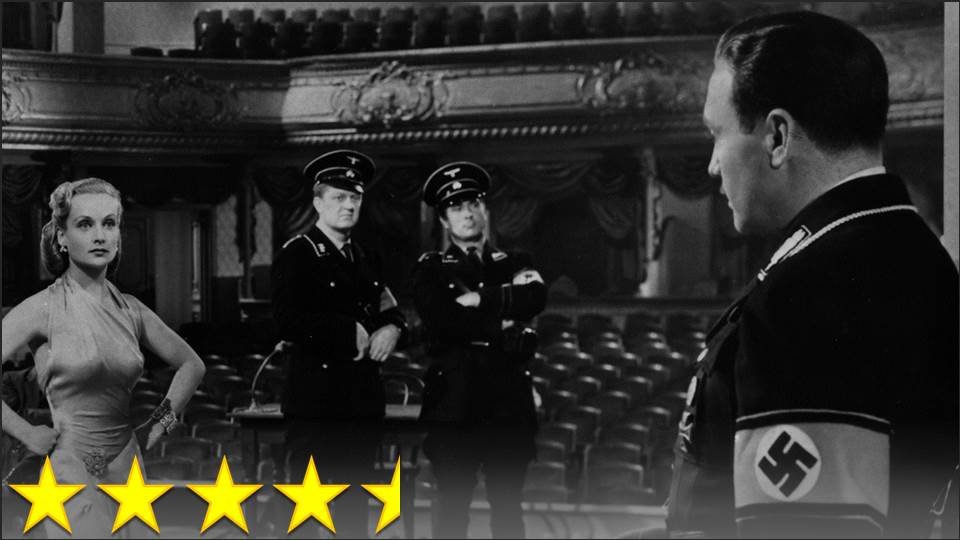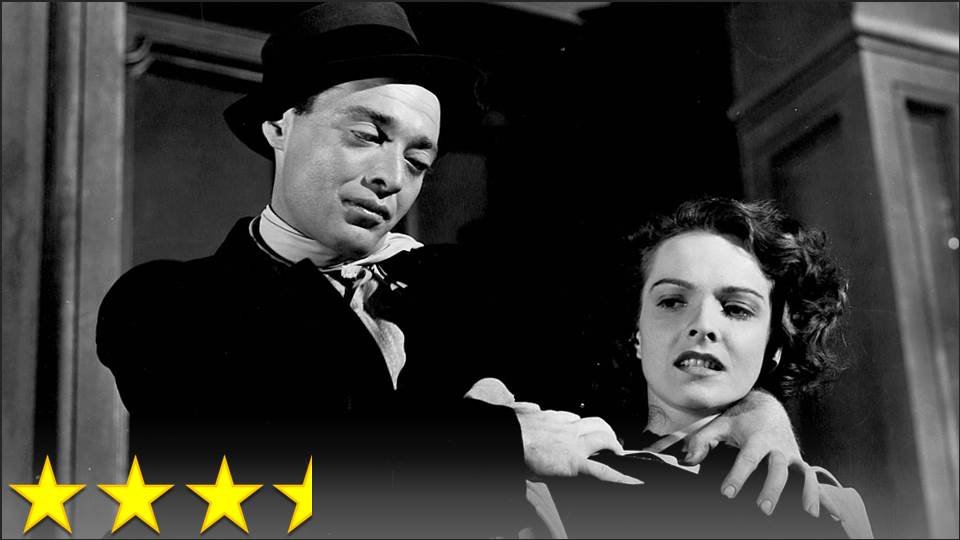Many consider this to be one of the greatest comedy films of all time, and I am happy to say that I have joined the many in that opinion. I’m afraid I have very little to add here that hasn’t been said, so I will keep my comments brief and simply urge all readers to watch this film. While it may not be my favorite comedy, it is one that I greatly appreciate, and one that I intend to emulate. It perfectly established so many great tricks to make a film extra-funny, and these are techniques that can still be employed today without losing much strength. Much of its brilliance and beauty come from the fact that it’s a comedy about World War II that was made and released during World War II, and yet the really great thing about it is how well it plays with an audience of young people today (as I had the good fortune of witnessing myself). Because I saw the Brooks film some years before seeing the Lubitsch original, there were some parts of the movie that annoyed me simply because I was hoping this film would offer more of the great moments I was used to seeing in the way I was used to seeing them. That being said, this film takes everything a different direction – its own unique direction – that I think is worth a little analysis.
After reading an analysis of the film from a few decades ago by cultural theorist Mladen Dolar, and reading Ebert’s review of the Brooks/Johnson remake, I am fascinated by two elements of this film’s humor. The first is the way it manages to be over-the-top without being over-the-top. While watching this film, I was a little let down during the soliloquy sequences, because the remake made me expect Jack Benny to totally lose his cool on stage and follow the man in the audience to the edge of the stage. This film doesn’t do that, instead focusing on understatement of big problems. This is tied to my second note, which is how petty everyone is. I think films are can be found on a rectangular spectrum-like chart with a particular type of fictional world in each corner:
- Type A: The audience and the protagonist are sane, normal, and relatively smart people, but some people are inhuman, evil monsters.
- Type B: All humans are inhuman, evil monsters.
- Type C: The audience and the protagonist are sane, normal, and relatively smart people, but some people are short-sighted, ignorant, silly fools.
- Type D: All humans are short-sighted, ignorant, silly fools.
I sorted them in order of popularity, and maybe I’ll make up a graphic representation later, but for now we can call our imaginary chart “The Fictional Cynicism Diagram.” This film is noteworthy for being an early example (if not one of the only really good examples) of a film that belongs right in the last corner, Type D. Most stories are somewhere in the middle, but this sets a tone that wouldn’t become more common until mockumentary shows and Tina Fey productions became popular. For a film made during the second world war to have this approach to even the Nazis, refusing to let them be anything but flawed, foolish humans, just like our heroes, is amazing. That’s what makes this a landmark film, and why its one of my favorites.



